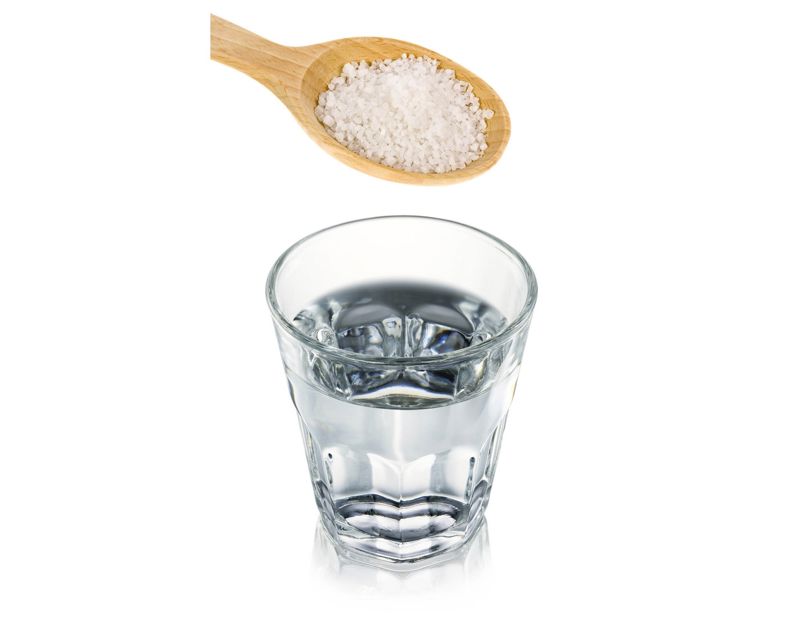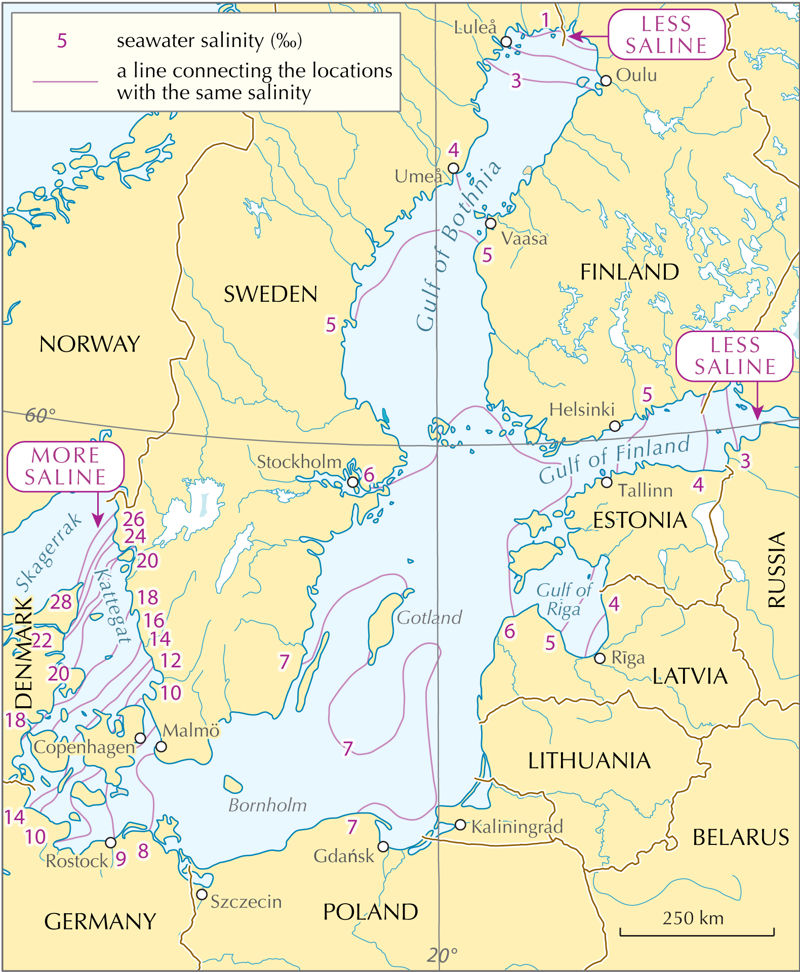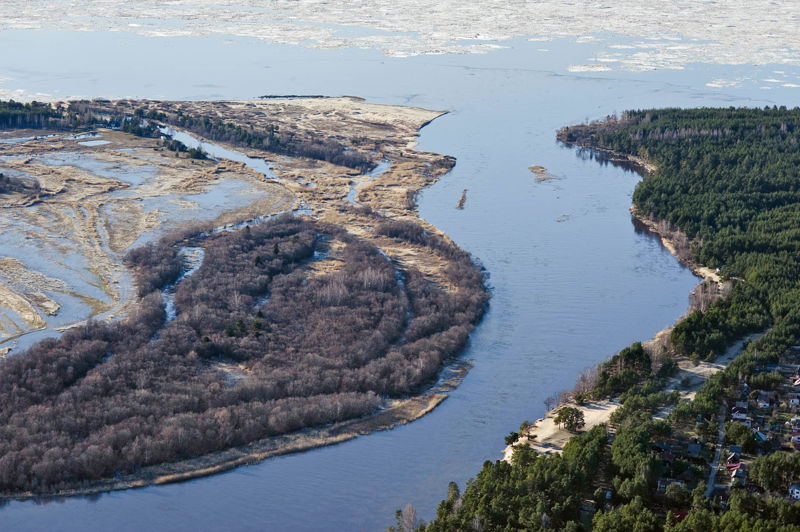- Why is seawater saline?
- Is the water more saline on the seabed, or on the surface?
- What is brackish water?
Properties of seawater
The Baltic Sea receives most of its water from the many rivers that flow into the sea. The water-rich Neva River flows into the eastern part of the Gulf of Finland from Russia. Water from Narva, Pärnu, Kasari and other rivers is added from Estonia. So why is the seawater salty, even though the river water seems fresh? Running water dissolves shore rocks along the way and carries solutes - salts - that accumulate in the sea over thousands of years. As the salts remain in the water after evaporation, the seawater gradually becomes saltier.
The amount of fresh water in the Baltic Sea is also increased by heavy rainfall and low evaporation from the water surface.
The salty waters of the Atlantic Ocean can only enter the Baltic Sea through the narrow Danish straits. That is why the water in the high seas and in the ocean is saltier than by the eastern coasts. A lot of salty ocean water is thrown into the Baltic Sea with strong southwesterly winds and storms. Salt water is denser than fresh water and sinks to the bottom, bringing the oxygen necessary for benthic animals and plants that live there.
- It is connected to the ocean through narrow straits.
- It is young and salt hasn't had time to accumulate.
- Lots of rivers bring fresh water into the sea.
- Rivers starting from the mountains bring a lot of salty water into the sea.
- It rains a lot and evaporates very little because of the cold climate.
The Baltic Sea has brackish water
The amount of salt dissolved in water is characterised by the salinity of the water. It shows how many grams of salts are dissolved in one kilogram of water.
The average salinity of the world's seawater is 35‰ (per mille). This means that 35 grams of salts are dissolved in 1000 grams of seawater. In comparison, the water in the Baltic Sea is low in salinity, 6-8‰ in the open sea, and only 2-3‰ in the bays. Such low salinity water is called brackish water.
The Baltic Sea is special because it is home to species that have adapted to both saltwater and freshwater. Marine animals and plants adapted to saline ocean water have difficulty living conditions in brackish water. They are smaller than their counterparts in the ocean, and the number of these species in the Baltic Sea is small. The Baltic Sea is connected through the Danish straits to the North Sea. Near the Danish straits, there are more than 120 species of fish - and only about 40 species in the central Baltic Sea. Life in the Baltic Sea is also difficult for freshwater species, they have gathered mainly near the mouths of rivers. However, the species that have already adapted to the brackish water here feel good, and that is why the Baltic Sea is rich in diverse individuals.
Think!
- Why is the Baltic Sea less salty near the coast than offshore?
- Less than 0,5‰
- 2–8‰
- 35‰
- Tap water
- The Baltic Sea water
- Ocean water
Bonus: The salinity of the world ocean
The average salinity of the world ocean is more than four times higher than that of the Baltic Sea. Scientists have calculated that if the world ocean were to dry up, its bottom would be covered with a layer of salt more than 60 m thick.

Most of the sea salt is regular table salt, the same as what we add to our soup. The salinity of the coastal and ocean waters of the Baltic Sea can be compared by tasting them. To do this, you can run a simple experiment. Think about how you could do this and write the method description into your notebook.
Important terms
- salinity – a measure of the amount of dissolved salts in water
- brackish water – water that is less saline than seawater but more saline than freshwater
I now know that…
Seawater is salty because it has accumulated dissolved salts from rocks over thousands of years. The amount of dissolved salts in water is characterised by its salinity. The Baltic Sea is brackish or has low salinity. Both saltwater and freshwater species live here.


